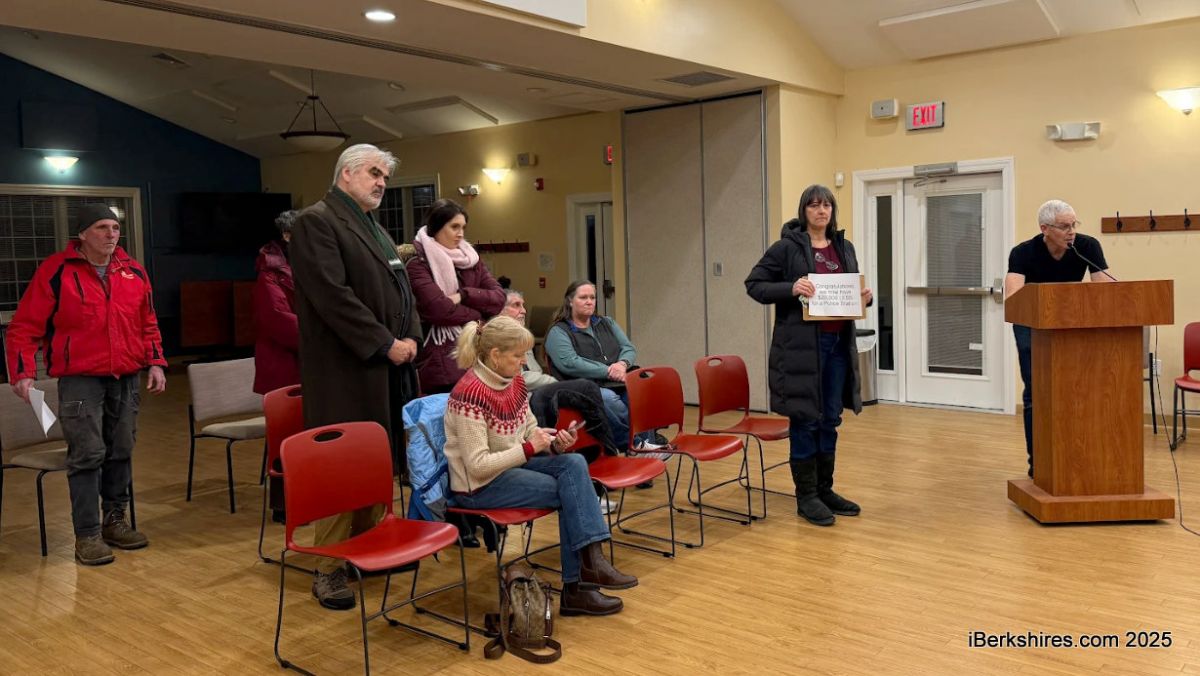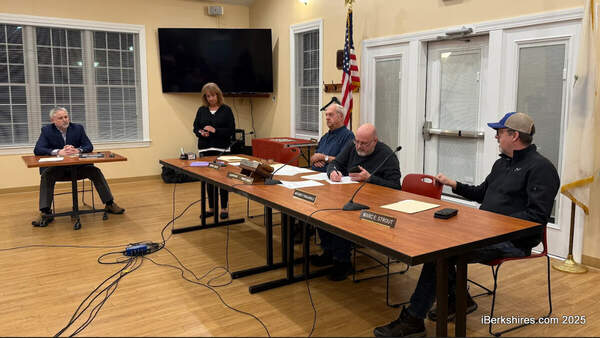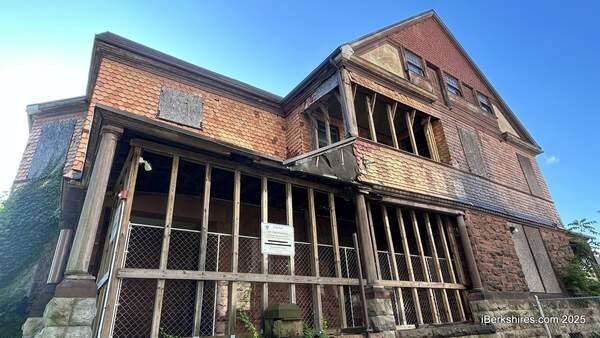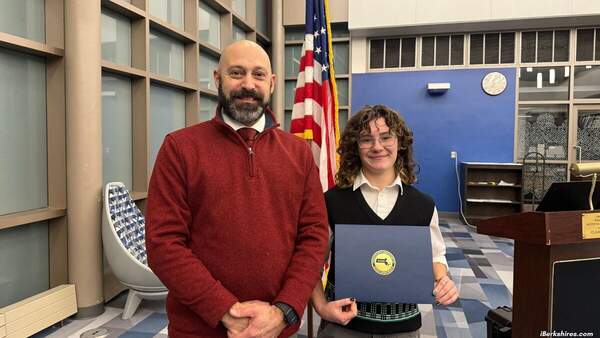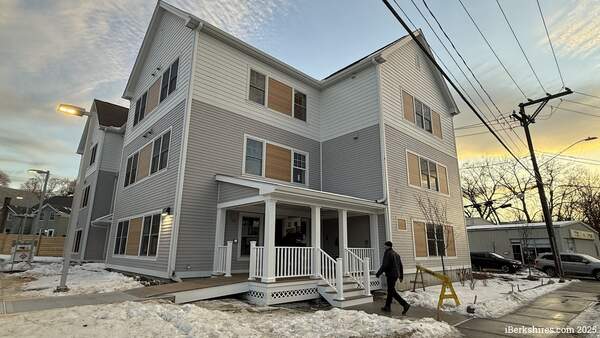Pittsfield Narrowly Approves $11M Capital Plan; OKs 2016 Budget
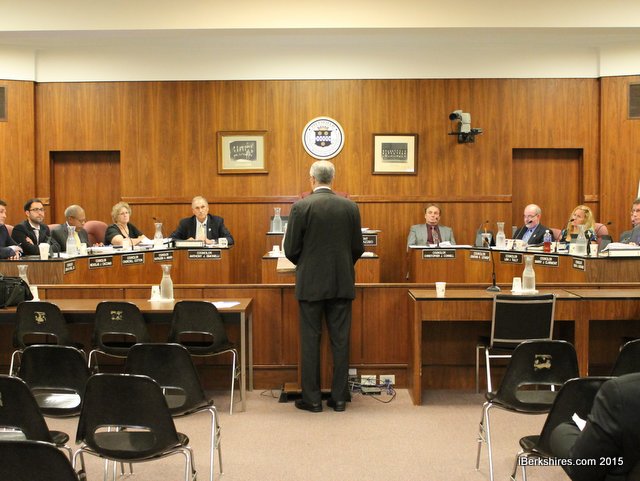 The City Council approved the mayor's amended capital budget on Tuesday and passed a $145.2 million operating budget. The City Council approved the mayor's amended capital budget on Tuesday and passed a $145.2 million operating budget. |
PITTSFIELD, Mass. — Ward 7 Councilor Anthony Simonelli has made it clear through a series of budget hearings that he wants reductions.
On the capital budget, he was on the losing end of a motion to cut $250,000.
But on Tuesday, he wasn't going to be the one vote to send the city into back-to-back years without a spending plan for major projects.
Simonelli was one of four councilors to reject the $11 million capital budget Tuesday but then asked for reconsideration and changed his vote.
"I still believe there are places to cut but I refuse to let what happened last year happen," Simonelli said, of changing his vote.
The budget needed a two-thirds majority and Simonelli initially joined Ward 2 Councilor Kevin Morandi and Councilors at-large Barry Clairmont and Churchill Cotton in opposition. At Ward 5 Councilor Jonathan N. Lothrop's urging, Simonelli offered up the reconsideration to keep the entire budget from sinking.
In contrast to the capital budget, the City Council passed Mayor Daniel Bianchi's proposed $145.2 million operational budgets for the city and the schools with little discussion.
The council held a public hearing prior to the unanimous vote in which only resident Craig Gaetani spoke. Gaetani, who says he is running for mayor, urged the council to cut the budget by 7 percent and that he'd have the budget cut by 28 percent over four years.
He took particular aim at the school and the Department of Public Works, saying the number of employees in the water and sewer plants could be reduced and there is no need for vice principals in schools.
"There is no more will for the raising of taxes in Pittsfield. The city just doesn't want it and you guys don't seem to understand that," Gaetani said
The city and schools account for $145.2 million in operational budgets. An additional $7.2 million is to be raised for other expenses such as state assessments, regional planning, abatements, and the other postemployee benefits trust fund are outside of those budgets but still need to be raised.
The capital budget approval centered around Cotton's opposition to a $30,000 capital request to bring fiber-optic Internet access to the William Stanley Business Park by making the Berkshire Innovation Center a "community anchor" with the Massachusetts Broadband Institute's program.
The city is currently applying for a federal grant to assist the business park with funds for high-speed Internet but, it isn't known if that will be approved through the competitive process. Mayor Daniel Bianchi said running fiber-optic lines will help businesses nearby and future companies to connect.
"It is truly an economic development initiative," Bianchi said. "It is opening up a whole new area to high-speed Internet access."
Clairmont and Cotton had both voiced concern with what was initially a $60,000 project. The mayor returned with a capital plan that halved that proposal and said he'd be asking the Pittsfield Economic Development Authority to chip in. Clairmont, however, said it would only be helping private companies that can afford to put in Internet access themselves.
Even after a motion to pull that out of the budget failed, Cotton stuck to his word as from the first hearing when he said he wouldn't support the entire budget as long as it contained those funds.
"I want to make sure all of these projects do move forward unlike the case last year. If it means making a compromise to get the eight votes for this, I would like to make a motion to remove the $30,000 for the fiber-optic connection," Ward 6 Councilor John Krol said, as he motioned to help secure the vote for the entire budget.
Krol's motion failed, leaving the fiber-optic money in and thus losing Cotton's vote. Bianchi tried to convince Cotton to approve the budget since the rest of the council was in favor of the Berkshire Innovation Center money.
"Politics is the art of compromise. It is the art of finding a middle ground. If we can't find a compromise on small items, there is something more to it," the mayor said. "This is a responsible capital budget."
Last year, the City Council rejected the mayor's capital budget and Bianchi never submitted a followup proposal. The argument then was over the purchase of emergency response sport utility vehicles instead of a fire truck. That failure to come to terms on a capital plan led to a delay in projects and others not being accomplished.
This year's budget is for $11,120,000, $3.5 million of which will be reimbursed by the Federal Aviation Agency for a project to pave the main runway at the airport, which was outside of the scope of the airport reconstruction project.
Concerned with tax bills, Simonelli said many of the proposed items were "wants" and not "needs." He didn't want to support many items in the budget such as $150,000 for repairs to the electrical system and for a fire curtain at Pittsfield High School or repairs to the mobile stage for $30,000.
"I wanted to reduce the budget prior to adding the $1 million so I have a problem approving this," Simonelli said.
The mayor said those items are for safety reasons and have been prioritized. He also said the plan calls for taking a proactive role so that capital needs don't get backed up.
"You can always defer maintenance but it is a roll of the dice," Bianchi said of the safety concerns. "Can you defer things? That's how you start falling behind."
The capital budget also called for an increase in borrowing for roads, for which the council had asked. The proposal was increased by $1 million — from $1.5 million to $2.5 million.
Morandi said he supports many items on the plan but the proposal is $900,000 more than the one the council rejected last year.
"Now is the time to be business friendly tonight by setting a budget and a capital budget businesses can afford," Morandi said. "We have the highest commercial tax rate in Berkshire County."
Updated at 2:23 p.m. on June 24 to indicate the fiscal 2016 budget had been passed.
Tags: #PittsfieldBudget, capital budget, fiscal 2016,

